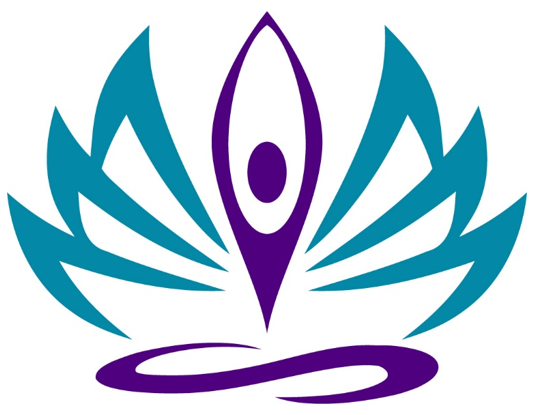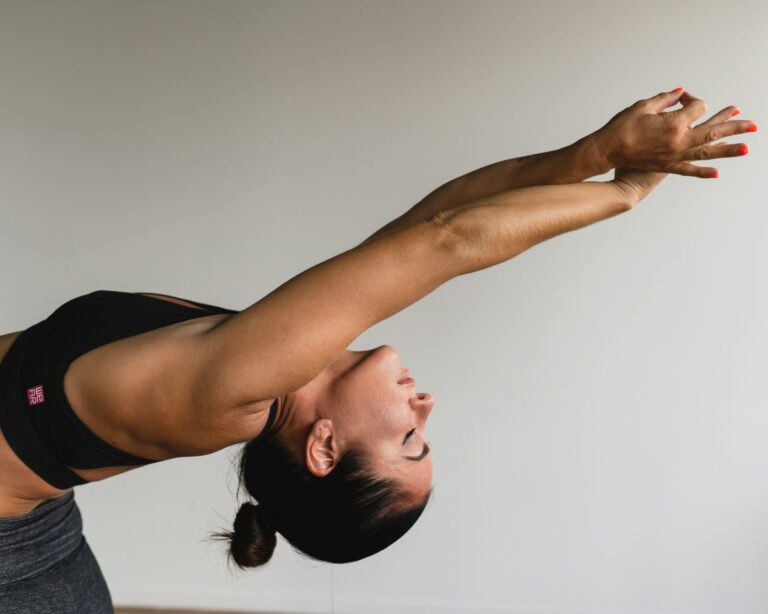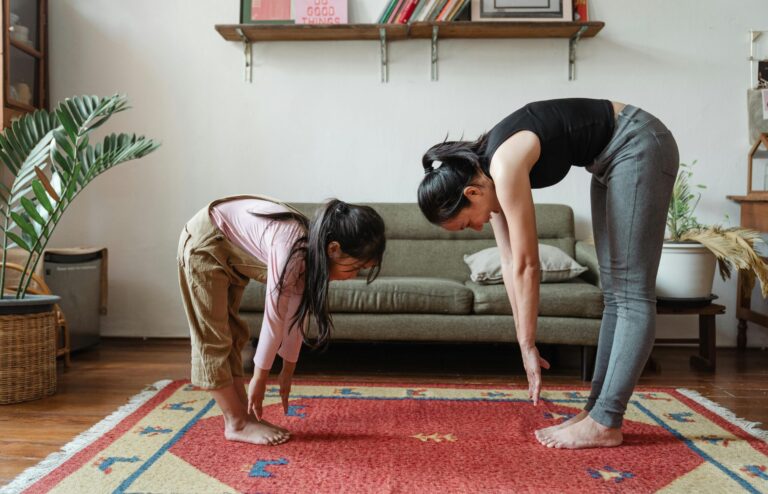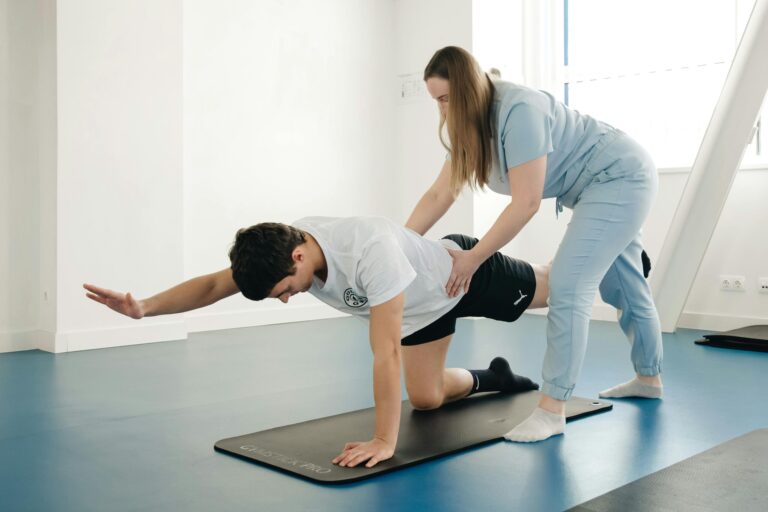How yoga relaxes and balances body and mind
In our hectic world, many people are looking for ways to reduce stress, sleep better and simply feel good in their bodies again. Yoga offers a powerful tool for this by combining movement, breathing and mindfulness. However, true relaxation is not only achieved through passive rest, but also through targeted, functional activation and deactivation of muscle groups to reduce compensatory muscle tension due to asymmetries, a hollow back, etc.
Why relaxation often doesn't work
Relaxation is more than just a feeling of calm. It promotes the reduction of stress hormones in the body and strengthens the immune system. From a biomechanical point of view, relaxation also means that your nervous system is able to reduce tension in a targeted manner. However, muscle groups are often overactive because they have to perform compensatory tasks to compensate for structural asymmetries.
Typical compensatory mechanisms are:
- Left AIC Pattern (Anterior Interior Chain) (link article asymmetries)
- Hollow back (pelvis is tilted forward) (link article if available)
- Flat back (pelvis is pushed forward) (link article if available)
Such posture patterns reflect a suboptimal and often uneven distribution of tension in the muscle groups. As a rule, certain muscles cannot be relaxed even when the body is lying down and generally at rest, as the brain sends further signals to activate them. Relaxation therefore also has a neurological origin.
Yoga to support relaxation
Through certain yoga poses, you can calm your nervous system and gently balance structural asymmetries. This in turn improves your ability to relax and find more balance in the long term. I have recorded a short video for you:
Alternatively, you can also perform the exercises described below:
1. supta baddha konasana (reclining butterfly pose)
- Lie on your back
- Bring the soles of the feet towards each other and let the knees fall outwards. Support the knees with cushions if necessary.
- Take your arms above your head - either stretched out or by gripping the opposite elbows.
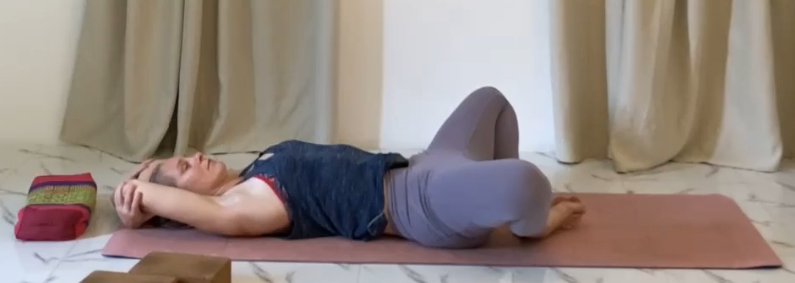
This posture gently opens the hips and can help to relax the overactive hip flexors, especially if you have a hollow back.
2. twist lying down (Supta Matsyendrasana)
- Lie on your back
- Pull one knee towards your chest and gently bring it across your body to the opposite side
- The shoulders remain on the ground.

This posture supports the rotation of the spine and helps to release tension in the lower back and on the outside of the pelvis. The targeted twist to the left side can gently address the right-dominant rotation pattern of the Left AIC pattern.
3. rocking on the back
- Lie on your back
- Pull both knees towards your chest
- Hug your shins and start rocking gently from left to right

This exercise gently massages the lower back and can help to reduce tension in this area. Especially after a practice aimed at balance and asymmetry reduction, it helps to bring the body into a state of deep relaxation.
4. alternating knee to chest draw
- Lie on your back
- Stretch both legs out long
- Now pull your right knee towards your chest while the other leg remains fully extended.
- Hold the position for a few breaths and then change sides
- Come back 1x more to the first page.
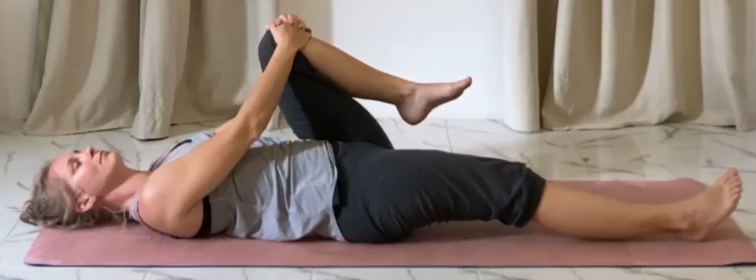
This exercise helps to gently stretch the shortened left hip flexor in the left AIC pattern with an asymmetrical number of repetitions (left leg extended more often).
5. windshield wiper (windshield movement)
- Lie on your back
- Place your feet mat-width apart and let your knees fall to the right side as you exhale
- Inhale to bring them back to the center
- As you exhale, let it fall to the left side
- Repeat this for 6-8 breaths or as long as it feels good for you


This exercise mobilizes the hips and lower back, releases tension and promotes flexibility. It can help to improve symmetry in the body and calm the nervous system.
Conclusion
Yoga offers you a variety of ways to experience deep relaxation. By consciously activating and deactivating certain muscle groups, you can calm your nervous system and find lasting peace. Especially if you suffer from tension patterns such as a hollow back, flat back and asymmetries such as the left AIC Pattern targeted exercises can help to restore balance and experience relaxation on a whole new level. Focusing on your breath during your yoga practice helps to stop your mind racing and provide mental relaxation.
